What are the Monuments? The biggest one-day races in professional cycling
Milan-San Remo, Tour of Flanders, Paris-Roubaix, Liège-Bastogne-Liège and Il Lombardia are rich in history and prestige and the toughest one-day races in cycling
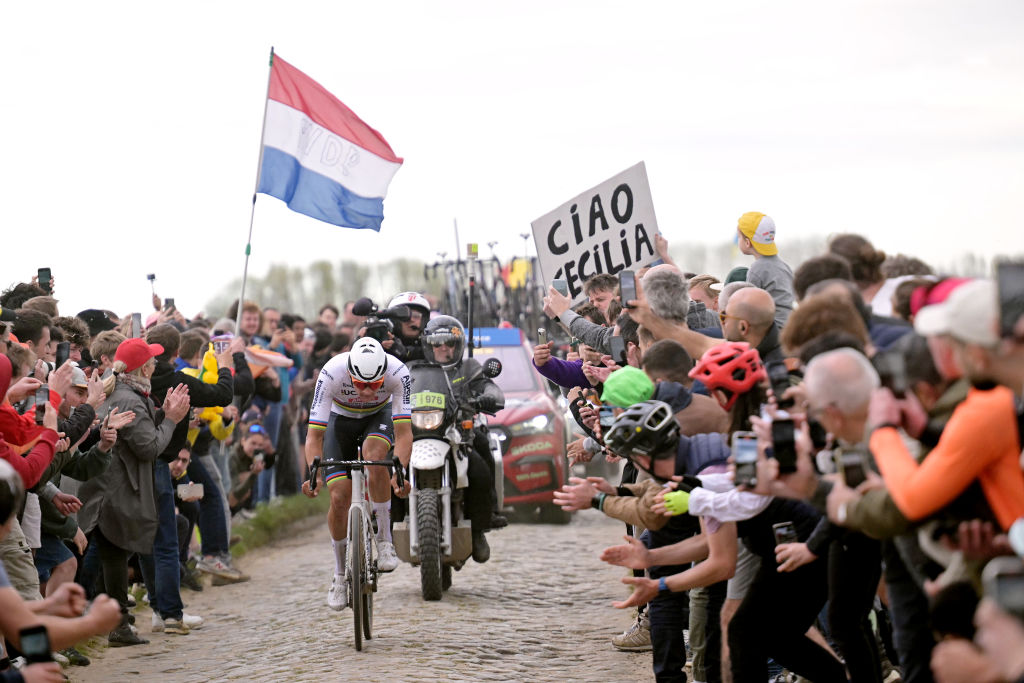
The toughest one-day races in cycling, Milan-San Remo, Tour of Flanders, Paris-Roubaix, Liège-Bastogne-Liège and Il Lombardia make up the five Monuments. They are rich in history and prestige and represent the very best of one-day racing outside of the annual World Championships and the quadrennial Olympic Games.
All five Monuments have been a staple in men's racing for over a hundred years, with the oldest being Liège-Bastogne-Liège, which held its first edition in 1892, Paris-Roubaix was first raced in 1896, Il Lombardia in 1905, Milan-San Remo in 1907 and the 'youngest' is the Tour of Flanders with its first edition in 1913.
Of the four Monuments offered in women's cycling, Tour of Flanders is the one most steeped in history, dating back to its inaugural edition in 2004, while the other three were more recently added to the calendar. Liège-Bastogne-Liège made its first appearance in 2017, followed by Paris-Roubaix in 2021, and Milan-San Remo revived its women's race in 2024. There is currently no women's version of Il Lombardia.
Milan-San Remo - La Classicissima di Primavera
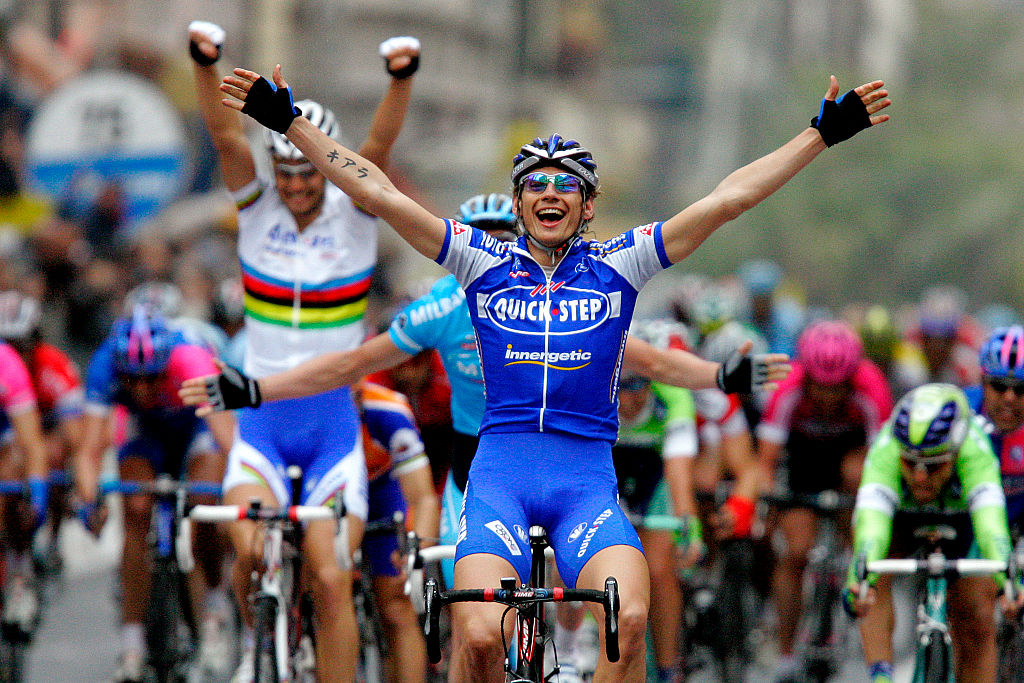
Milan-San Remo is the first of professional cycling's five Monument Classics of the season, annually held in March, and often referred to as La Classicissima di Primavera.
The men's race has historically been held between Milan and the Ligurian holiday town of San Remo, in Italy, and it is the longest of the Monuments, or any of the other Spring Classics, at almost 300km, showcasing two iconic climbs in the finale - the Cipressa and Poggio - offer places to attack, creating a very balanced but hard race to win.
The first edition of the men's Milan-San Remo was held in 1907 and won by Lucien Petit-Breton. Since then, some of the biggest names in the sport have won the prestigious race, including Costante Girardengo, who amassed six victories, Eddy Merckx, who won seven times, Erik Zabel and Gino Bartali have tied for four victories each, while Oscar Freire, Roger De Vlaeminck, and Fausto Coppi won three each.
Mathieu van der Poel recently added a second win to his palmares, tying Alfredo Binda, Sean Kelly, Laurant Fignon, Gaetano Belloni, Miguel Poblet and Giuseppe Olmo.
Get The Leadout Newsletter
The latest race content, interviews, features, reviews and expert buying guides, direct to your inbox!
It is often called "the easiest race to finish but the hardest race to win" because of the route length, especially as the peloton makes its way south on the scenic coastal roads where the action traditionally begins. The climbs of the Poggio, which was added in 1961, and the Cipressa in 1982, give the race a decisive focal point and offer the peloton a chance to embark on a thrilling battle between the attackers and the sprinters into San-Remo.
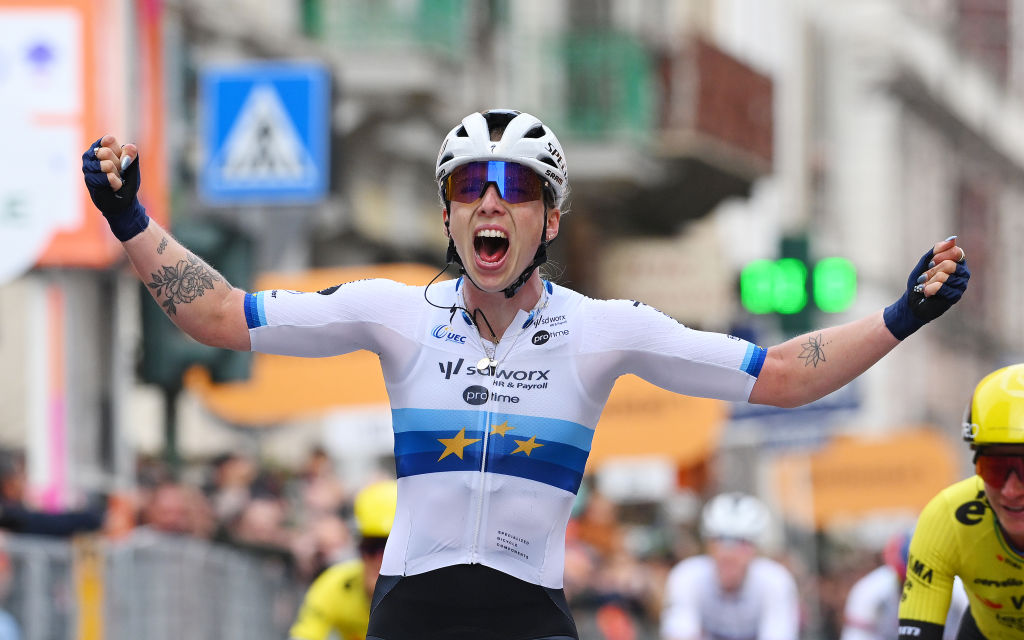
Milan-San Remo has an interesting history in women's racing. A women's version of the race dubbed La Primavera Rosa was held from 1999 to 2005, following the final 118km of the men's race along the coast of the Mediterranean and including two of its most emblematic ascents of the Cipressa and Poggio.
Winners of the original women's Milan-San Remo included inaugural champion Sara Felloni, Diana Ziliute, Susan Ljungskog, Mirjam Mechers, Zoulfia Zabirova (twice), and Trixi Worrack, who won the last edition held in 2005.
Race organisers revived the event 20 years later with a new race called Milan-San Remo Women in 2025. In addition, its comeback meant that the race returned as the first of four Monuments offered to the women's peloton.
There was a lot of buzz surrounding its return with a 156km route from Genoa to San Remo that again included Cipressa and Poggio, which played a major role in how the final played out.
And true to any edition of Milan-San Remo, it was a thrilling edition raced between the best climbers and sprinters in the world with Lorena Wiebes claiming the victory.
Tour of Flanders - Ronde van Vlaanderen
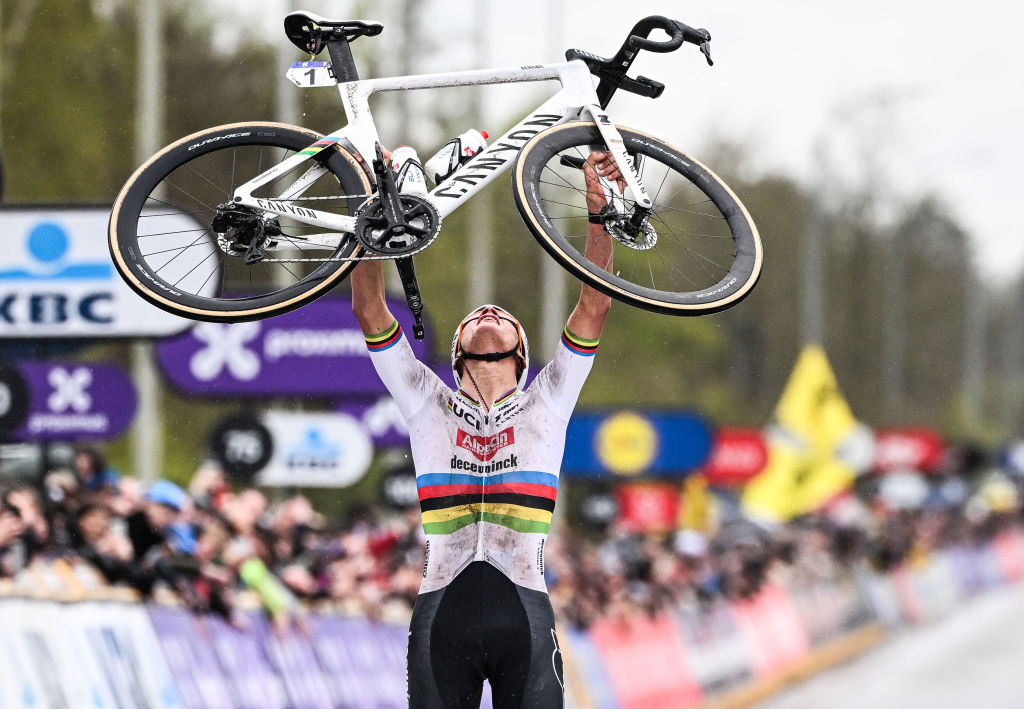
The Tour of Flanders men's race began in 1913 and has since been positioned as the second Monument of Spring Classics. Officially called Ronde van Vlaanderen and also known as De Ronde, it is the pride of cycling in Belgium.
Once starting in Antwerp and now starting in nearby Bruges, the course typically covers 270km or more across Flemish Ardennes and finishes in Oudenaarde, and littered with cobblestone sectors.
Paul Deman was the inaugural winner of the Tour of Flanders, and the short list of record three-time winners of the men's race include Eric Leman, Fiorenzo Magni, Achiel Buysse, Johan Museeuw, Fabian Cancellara, Tom Boonen and Mathieu van der Poel.
The route historically tackles more than a dozen categorised sharp but short climbs, also known as hellingen, many of which are cobbled. Some of the most iconic ascents of this race have been the Koppenberg, with stretches that are 22% gradient, Oude Kruisberg/Hotond, and the back-to-back Oude Kwaremont and Paterberg that peaks just 13km from the finish line in Oudenaarde.
No longer part of the route since the shift from Meerbeke to Oudenaarde, the famed Muur van Geraardsbergen, with gradients touching 20%, was once a staple of the Tour of Flanders until the course changed to closing circuits with the Oude Kwaremont and Paterberg as the final climbs in 2012. Tom Boonen was the first winner on the new course.
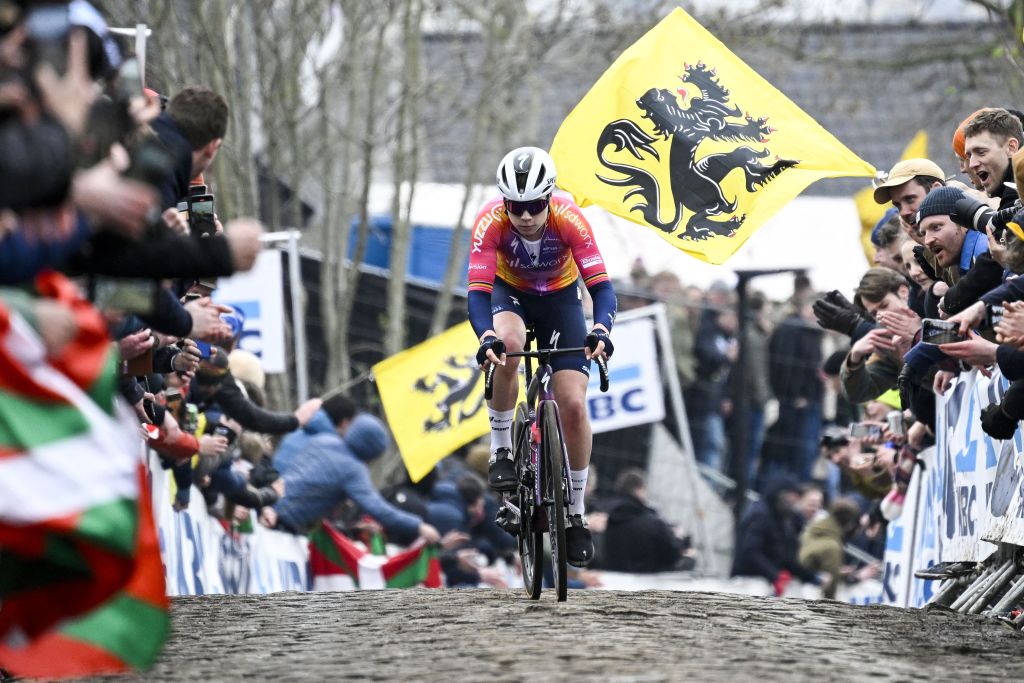
While the women's Milan-San Remo first began in 1999, in the twenty-year hiatus that followed once it ended, other events began to flourish with the progress and evolution of women's racing on the international calendar.
The Tour of Flanders was the next Monument to emerge, offering a race for the women's peloton for the first time in 2004 and Zoulfia Zabirova captured the inaugural victory. Since the first edition, organisers have included more climbs and extended the race from 94km to nearly 170km.
The route now has seven cobblestone sectors and 12 sharp climbs - hellingen - showcasing the famous ascents of the Koppenberg, Oude Kwaremont and Paterberg.
Following in Zabirova's footsteps and winning the Tour of Flanders was Mirjam Melchers-Van Poppel, who won in 2005 and 2006. Nicole Cooke was the winner in the 2007 edition, followed by Judith Arndt, also a two-time winner, having taken titles in 2008 and 2012. Her compatriot Ina-Yoko Teutenberg stormed to a sprint victory in 2009.
The first Belgian rider to have won the Tour of Flanders was Grace Verbeke in 2010. Her victory was followed by Annemiek van Vleuten (2011), Marianne Vos (2013) and Ellen van Dijk (2014). Elisa Longo Borghini won solo in the 2015 edition and again in 2024, while Lizzie Deignan was fastest in a two-up sprint in 2016.
Coryn Rivera won a reduced bunch sprint in 2017 and remains the only American to have won the Tour of Flanders.
Anna van der Breggen won the race after a solo breakaway in the 2018 edition, while Italy's Marta Bastianelli won in 2019. Chantal van den Broek Blaak took a solo win 2020. Her compatriot Annemiek van Vleuten won the race in 2021, exactly 10 years after her first victory in 2011.
The second Belgian rider to win the women's race was Lotte Kopecky in 2022, who secured the victory while wearing the Belgian Champion's jersey on home soil, and she won again in the 2023 edition.
Paris-Roubaix - The Hell of the North
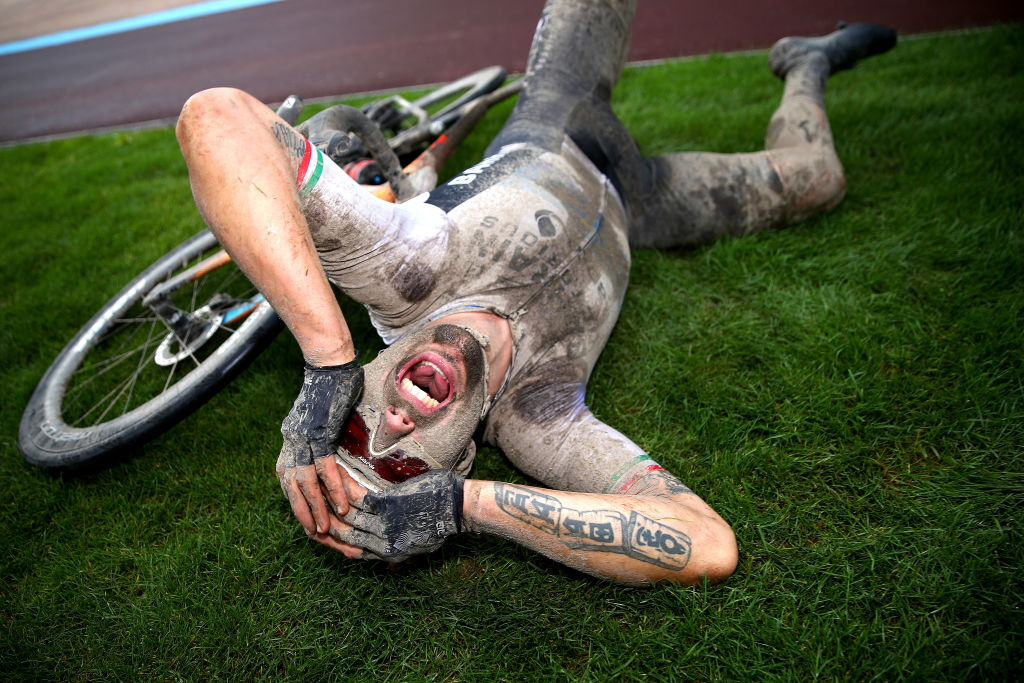
Paris-Roubaix marks the third Monument of the season and is annually held back-to-back with the Tour of Flanders, the two pinnacles that traditionally close out the cobbled Spring Classics.
Also known as the Hell of the North or the Queen of the Classics, Paris-Roubaix shifts the cobbled classics from Belgium to just over the border in the northern regions of France. The event begins on the outskirts of Paris and follows nearly 260km into the famed velodrome in Roubaix.
The route is most famously known for its rough terrain and cobblestone sectors called pavé, which are much more unruly than those over the border in Belgium. There are typically 30 sections of cobblestone roads, totalling just over 50 kilometres of suffering.
The pavé sectors are star-rated on a scale of one to five based on difficulty, with the Trouée d'Arenberg, Mons-en-Pévèle, and Carrefour de l'Arbre being the most challenging.
Paris-Roubaix is the second oldest of the Monuments, just slightly younger than the Liège-Bastogne-Liège that formed part of the three Ardennes Classics. Roubaix held its first race in 1896, with Josef Fischer winning the first event.
Two riders are tied for the record four victories: Roger De Vlaeminck and Tom Boonen, while seven riders have won three titles: Francesco Moser, Fabian Cancellara, Rik Van Looy, Eddy Merckx, Johan Museeuw, Gaston Rebry and Octave Lapize.
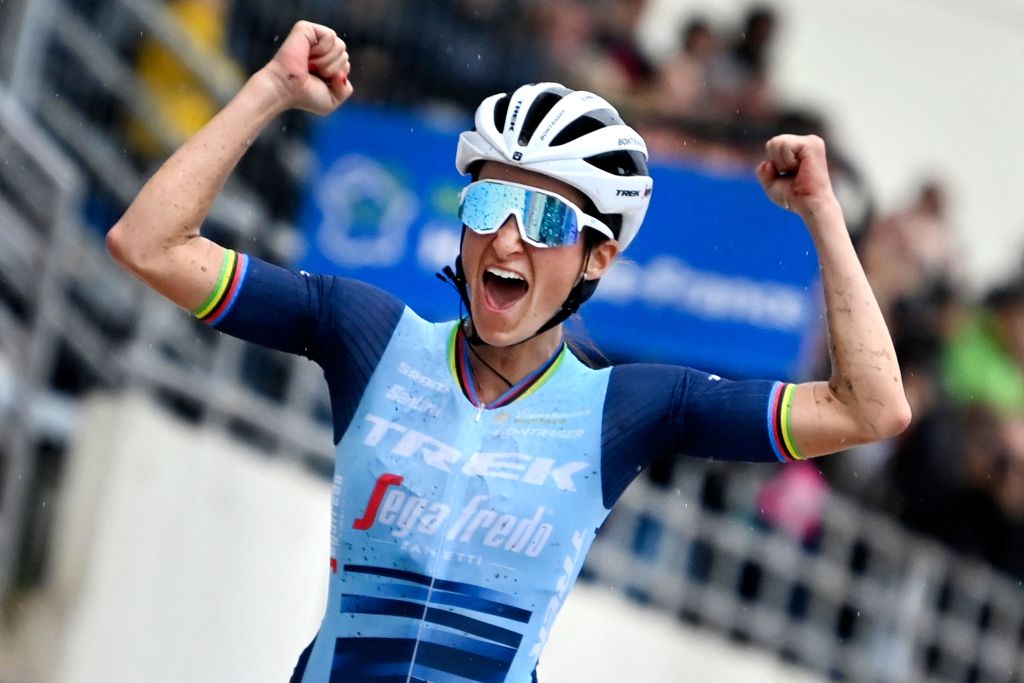
A women's Paris-Roubaix was originally added to the WorldTour calendar in October 2020, but the inaugural edition of Paris-Roubaix Femmes avec Zwift was cancelled due to the COVID-19 global pandemic.
After being rescheduled again, the first edition was finally held in October 2021, where the women’s peloton raced across the pavés of northern France and finished in the famous Roubaix Velodrome for the first time.
It was Lizzie Deignan who etched her name in the history books as the first winner of a women's Paris-Roubaix. In its relatively short history, Elisa Longo Borghini won the title in 2022, Alison Jackson made history as the first Canadian to win Hell of the North in 2023, and Lotte Kopecky (SD Worx-Protime) won the fifth edition while wearing the rainbow band jersey of the World Champion.
The women's race covered a much shorter distance than the men's race, but one that has increased from 116km in 2021 to nearly 150km in 2025.
The course starts in Denain but bypasses the famed five-star Trouée d'Arenberg for proximity and safety reasons, but does include 17 pavé sectors and two five-stars: Mons-en-Pévèle and Carrefour de l'Arbre before its run-in to the velodrom in Roubaix.
Liège-Bastogne-Liège - La Doyenne
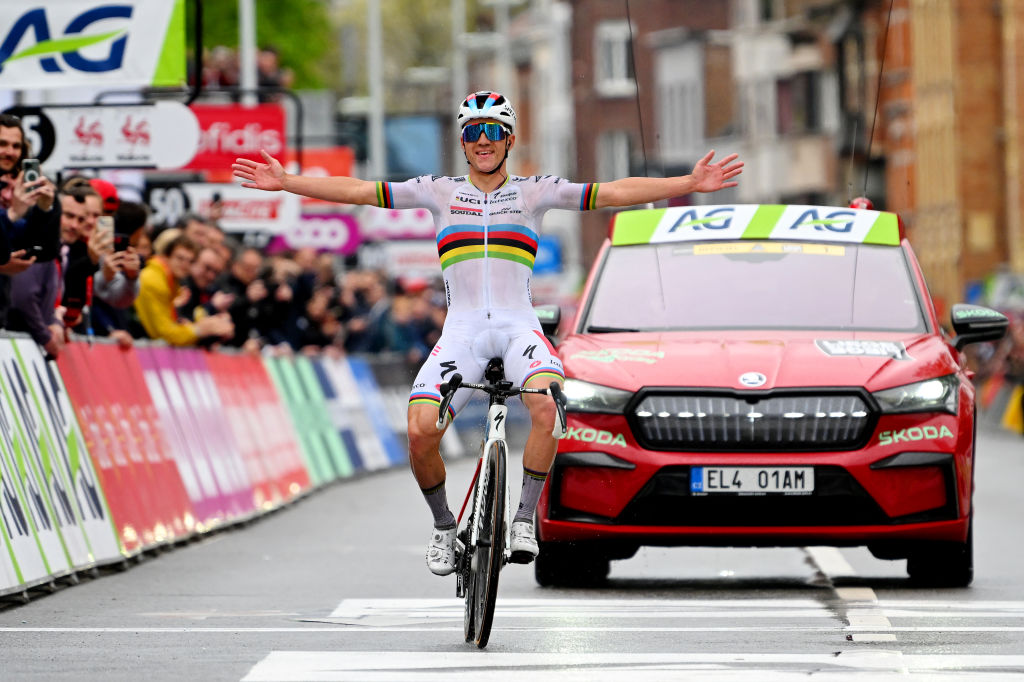
Liège-Bastogne-Liège is the oldest of the five Monuments, with its first race held in 1892 and won by Léon Houa. Also known as La Doyenne, it is the last of the Ardennes Classics after Amstel Gold Race and La Flèche Wallonne, which for the Ardennes triple crown annually from mid-to-late April.
If Milan-San Remo is the longest and Paris-Roubaix is the toughest of the Monuments, then Liège-Bastogne-Liège is the most arduous because it is a nearly 260-kilometre race of attrition across the painstakingly hilly terrain through eastern Belgium.
The smoother road surface, as compared to the cobbles of Flanders or the brutal pavé of the Roubaix, means that this race tends to cater to the strong climbers of the peloton and those preparing for the summer Grand Tours.
The notable climbs of the Saint-Roch, Wanne, Stockeu, La Redoute, and Roche-aux-Faucons are among those tackled by the peloton, making the race the toughest of the Ardennes week.
Eddy Merckx holds the record number of five victories, followed by Alejandro Valverde and Moreno Argentin, who have each won four times.
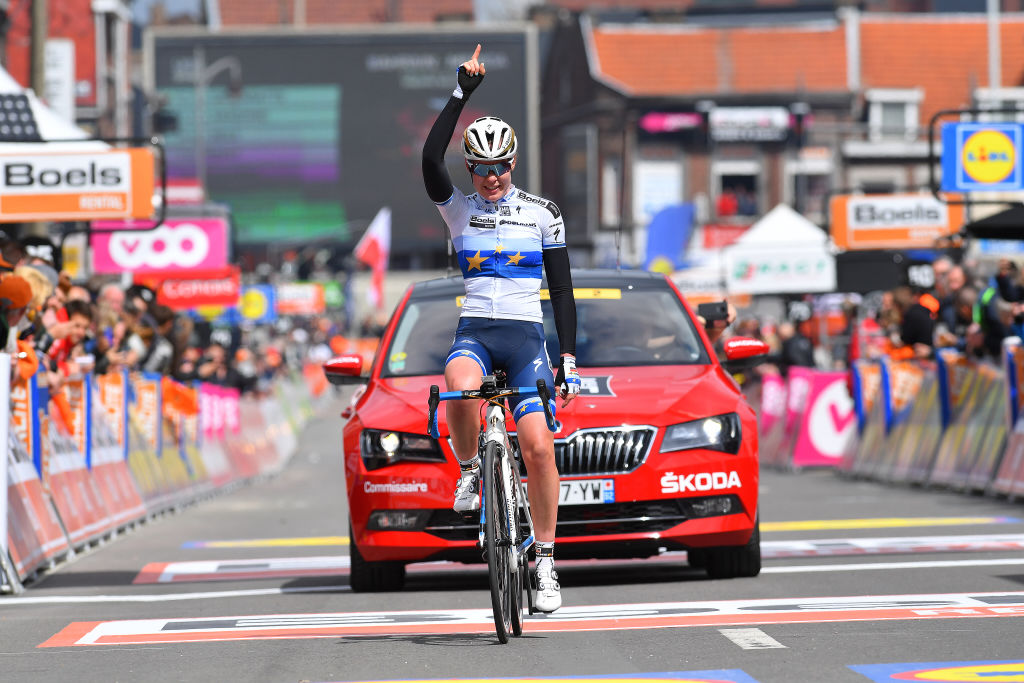
The women's Liège-Bastogne-Liège was introduced to the calendar in 2017, which held significance as the addition of another Monument for the women's peloton but also a complete trio of Ardennes Classics. It is currently the fourth and final Monument offered to the women's peloton, as there is no women's version of Il Lombardia.
The race is now more than 150km and held from Bastogne to Liège, and it tends to lean further in favour of the climbers due to its longer ascents also covering the same iconic Saint-Roch, Wanne, Stockeu, La Redoute, and Roche-aux-Faucons of the men's route.
Anna van der Breggen was the inaugural winner of the women's Liège-Bastogne-Liège in 2017 but also became the first woman to win all three Ardennes races in one season after securing victories at the Amstel Gold Race and Flèche Wallonne earlier that week. Only two men have won all three Ardennes Classics in a single season: Davide Rebellin in 2004 and Philippe Gilbert in 2011.
Van der Breggon won Liège again in 2018, followed by Annemiek van Vleuten in 2019 and 2022, while Lizzie Deignan won in 2020 and Demi Vollering in 2021. Vollering went on to win the title again in 2023 and also won the Ardennes triple that year, the second woman to do so after Van der Breggen's feat in 2017. Grace Brown was the most recent winner of Liège in 2024.
Giro di Lombardia - Race of the falling leaves
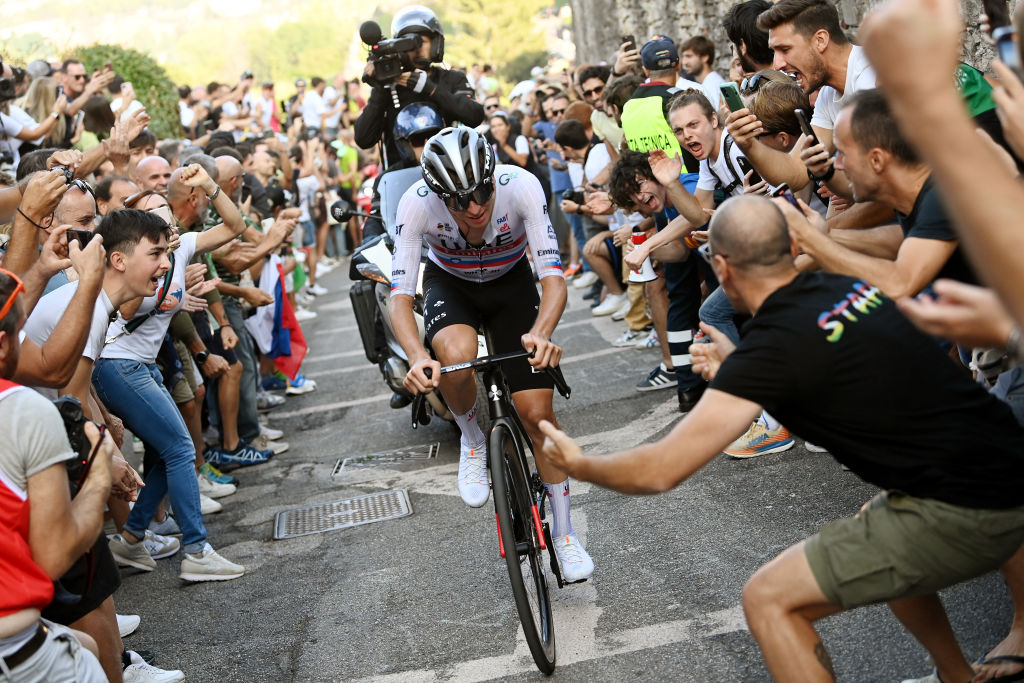
Giro di Lombardia or Il Lombardia is the last of the five Monuments and is annually held in October, which is why it is often referred to as the classica delle foglie morte, or the 'race of the falling leaves'.
The race is more than 255km long and, like Liège-Bastogne-Liège, is largely considered a climber's classic because of the route's ascents like Forcellino di Bianzano, Selvino, Colle di Berbenno, Valpiana, Sella di Osigo, Madonna del Ghisallo, Colma di Sormano and San Ferma della Battaglia in the course between Bergamo and Como in Italy.
The race was first held in 1905, named Milan-Milan and won by Giovanni Gerbi. Fausto Coppi won the race a record five times, surpassing Alfredo Binda's previous record of four wins. In 2024, Tadej Pogačar tied with Binda and won his fourth Il Lombardia while wearing the rainbow bands of the World Champion.
There is no women's version of Il Lombardia - yet.

Kirsten Frattini is the Deputy Editor of Cyclingnews, overseeing the global racing content plan.
Kirsten has a background in Kinesiology and Health Science. She has been involved in cycling from the community and grassroots level to professional cycling's biggest races, reporting on the WorldTour, Spring Classics, Tours de France, World Championships and Olympic Games.
She began her sports journalism career with Cyclingnews as a North American Correspondent in 2006. In 2018, Kirsten became Women's Editor – overseeing the content strategy, race coverage and growth of women's professional cycling – before becoming Deputy Editor in 2023.
You must confirm your public display name before commenting
Please logout and then login again, you will then be prompted to enter your display name.